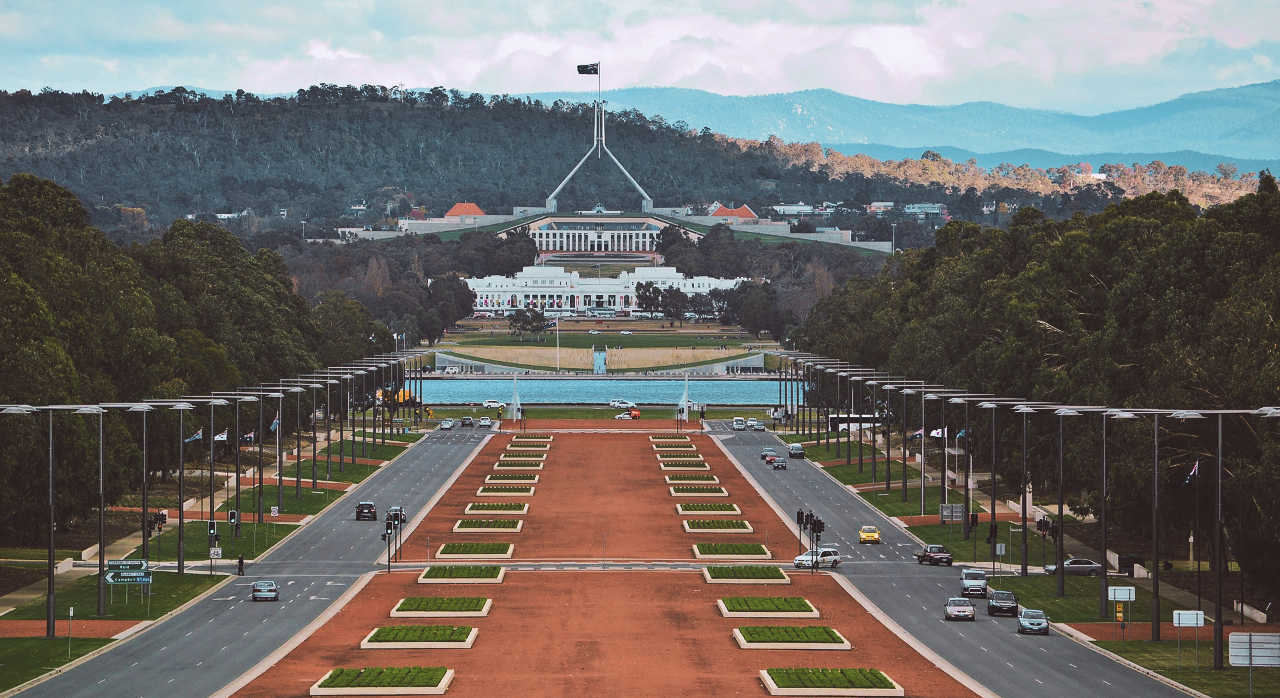
Demand modelling for S2C scoping phase
End client
Transport for New South Wales
Location
Transport for New South Wales commissioned VLC for a range of demand modelling activities as part of the scoping phase of the Sydney-to-Canberra (S2C) Fast Rail corridor, which sits between the Strategic Business (SBC) and Final Business Cases (FBC).
Client requirements
Transport for New South Wales commissioned VLC for a range of demand modelling activities as part of the scoping phase of the Sydney-to-Canberra (S2C) Fast Rail corridor. The objectives of the scoping phase were to address some of the comments made by Infrastructure New South Wales regarding the work done for the SBC and prepare the demand modelling for the FBC.
In detail, the tasks for this phase are the following:
- Review the demand modelling framework used for the forecasts of the SBC.
- Scope a robust demand modelling framework fit-for-purpose for the FBC and write the associated technical specifications.
- Produce forecasts with the Regional Travel Model (RTM) to help with the scoping of options to be assess in the FBC.
- Refine the zoning system in the S2C corridor, in preparation for the FBC.
- Update the base-year demand matrix using Telco data.
Delivered outcome
Model review
VLC reviewed the assumptions, methodology and outputs of the Sydney-to-Canberra Travel Model (SCTM) that was developed as part of the SBC to produce demand forecasts. The review assessed the quality of the methodology and of the spreadsheet model.
The review report was submitted by TfNSW as part of its response to INSW comments on the SBC work.
Model framework development
VLC is advising TfNSW to develop a model framework suitable for the Final Business Case (FBC) stage of the Sydney to Canberra Faster Rail project. Initially, VLC reviewed the needs of the FBC and the available modelling tools to design a few suitable options. A first consultation with TfNSW stakeholders provided initial comments and ensured that no key aspect was overlooked. Proposed options combined RTM with Sydney’s Strategic Transport Model (STM) and additional bespoke modules.
Following this initial consultation, VLC developed a Multi-Criteria Analysis for the various options, considering the robustness of the methodology, whether the outcomes are likely to be appropriate for the FBC, as well as the model development and running costs.
Finally, VLC wrote the technical specifications for the chosen modelling framework, highlighting the model development tasks, required data and providing a high-level cost and effort estimate.
Demand forecasts
VLC calibrated RTM and used it to provide forecasts for a few service options in the corridor. Provided outputs include demand and service level matrices, along with patronage, station boardings, and economic outputs. The team then delivered the demand modelling report.
Base-year matrix update
The RTM development team built a data-fusion process based on Telco data to create a base-year demand matrix for the whole of NSW. Following the receipt of more up-to-date data by TfNSW, VLC updated the base-year demand matrix with the latest data.
VLC also produced a series of validation plots, highlighting the strengths and weaknesses of the data for demand modelling. As some of the issues noticed in the base-year matrix are likely to lead to inappropriate results if used for the FBC, VLC made recommendations to make the data-fusion process fit for purpose.